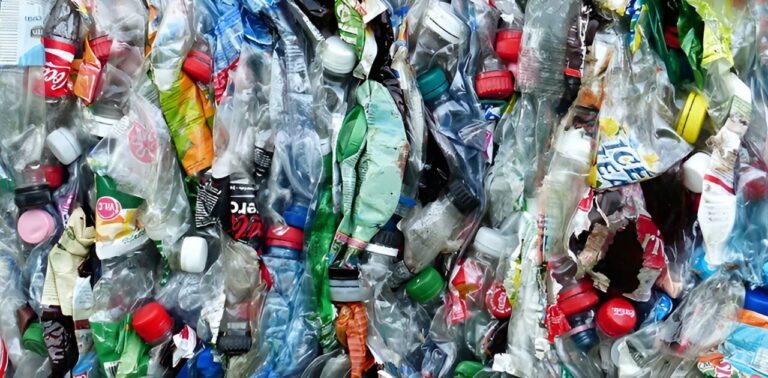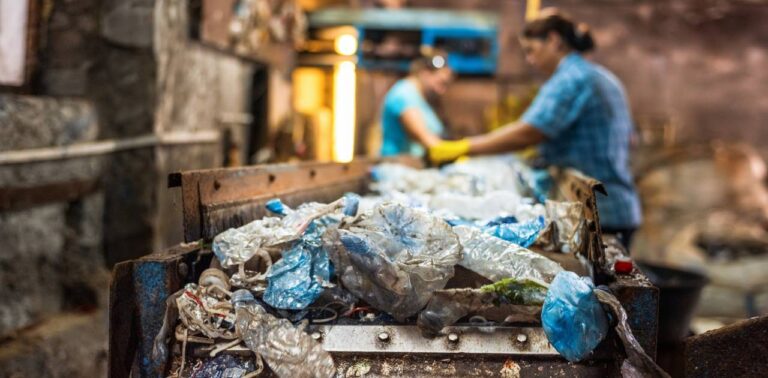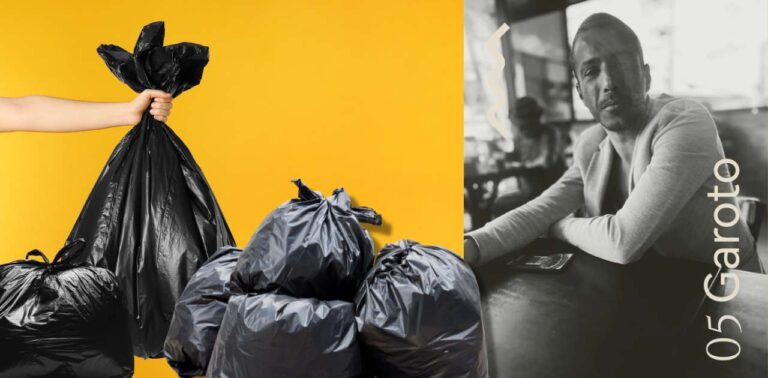Advertisements
Recycling plays a crucial role in preserving the environment by helping to reduce waste and reuse materials that would otherwise be discarded. Among the most commonly recycled materials are PET bottles, which, due to their durability and widespread availability, are often transformed into useful new products.
One of the most creative and practical uses of this type of recycling is the manufacture of a PET broom. In addition to being an effective way to reduce plastic waste, creating a PET broom is also a sustainable activity that can be carried out by anyone.

The Reality of PET Bottle Disposal and the Sustainable Solution
Improper disposal of PET bottles is a significant environmental problem. Millions of plastic bottles are thrown away every day, contributing to the pollution of oceans, soil and even air. In places where separate collection is not yet a reality, creating a PET broom from plastic bottles offers a simple and effective solution to this problem. This practice not only helps to keep the environment cleaner, but also promotes awareness of the importance of recycling and reusing resources.
Materials Needed to Make a PET Broom
To make your own PET broom, you’ll need a few basic materials that you’ll usually already have at home. These include:
- 18 2-liter PET bottles
- A broomstick
- Scissors
- Utility knife
- Puncher
- Wire
- Hammer
- Nails
These materials are cheap and accessible, making the PET broom manufacturing process not only cost-effective, but also an excellent way to reuse objects that might otherwise be discarded.
Step by Step: How to Make a PET Broom
Making a PET broom is simple and can be done at home without the need for complex tools. Below you will find a detailed guide to creating your own PET broom:
Preparation of PET Bottles:
Start by removing the labels from all of the PET bottles. Then, cut the bottoms off of the bottles using a utility knife. This initial step is crucial to preparing the material that will form the broom bristles.
Bottle Cuts:
Using a utility knife or scissors, make vertical cuts along the bottle to the roundest part, creating strips approximately 0.5 cm wide. These strips will be the bristles of the PET broom.
Broom Base Assembly:
Of the 18 bottles, remove the necks of 16 of them, leaving one with the neck intact. This bottle will serve as the base of the broom. Fit the bottles without necks, one by one, on top of the bottle with the neck, forming the main body of the broom.
Finishing and Fixing:
Cut the top off the remaining bottle and fit it over the top of the assembled base to secure it. Drill two holes in the base and thread the wire through all the layers, twisting the ends to ensure everything is secure. Finally, fit the broom handle and secure it with nails to ensure the structure is stable.
After following these steps, you will have a functional PET broom that can be used on a variety of surfaces. This product, in addition to being sustainable, is an excellent demonstration of the potential of recycling.
Benefits of PET Recycling in Broom Manufacturing
Recycling PET bottles to create brooms offers numerous benefits for both the environment and society. Firstly, this practice reduces the amount of plastic discarded, helping to minimize pollution and environmental degradation. Each PET broom made represents 18 fewer bottles in the trash, which, over time, can have a significant impact.
Furthermore, this form of recycling promotes the circular economy, in which materials are continually reused instead of being discarded after use. This contributes to the conservation of natural resources and the reduction of greenhouse gas emissions associated with the production of new materials.
Another important benefit is the opportunity to generate income for communities where recycling is a limited practice. With the right knowledge and materials, it is possible to produce and sell PET brooms, encouraging sustainable entrepreneurship and financial independence, especially in less favored areas.
The PET Broom as an Educational and Awareness Tool
Making a PET broom goes beyond its practical and financial benefits. It also serves as a powerful educational tool that can be used in schools, communities and environmental projects to teach about the importance of recycling and sustainability.
Practical activities, such as creating PET brooms, help raise awareness about the impact of plastic waste and the need to find creative solutions for reusing materials. Furthermore, by directly involving people in the recycling process, it is possible to promote behavioral changes in relation to the consumption and disposal of plastic products.
Incorporating PET Brooms into Sustainability Projects
Integrating PET broom production into sustainability projects is an effective way to involve entire communities in the environmental cause. Companies, schools and organizations can adopt this practice as part of their social responsibility programs, offering workshops, awareness campaigns and even prizes for the best brooms produced.
In addition to contributing to the reduction of plastic waste, these projects can inspire new ideas for recycling and reuse, increasing the positive impact on the environment and promoting a culture of sustainability in all sectors of society.
Conclusion: A Sustainable Future Starts with Small Actions
Creating a PET broom from recycled bottles is a clear example of how small actions can have a big impact. By transforming a disposable item into a useful and durable product, we are not only contributing to the preservation of the environment, but also promoting environmental awareness and education.
Every PET broom produced represents a step towards a more sustainable future, where plastic waste is reduced and natural resources are preserved. By adopting this practice in your home, school or community, you can make a difference and inspire others to follow suit.
Check out other interesting facts about recycling clicking here.
Learn how to make art by recycling, Click here.




I would really like to take a course on making brooms from PET bottles.
I really liked it, good for the environment. Wonderful!!
Environment thanks you!!
It must make a lot of noise when sweeping!…….